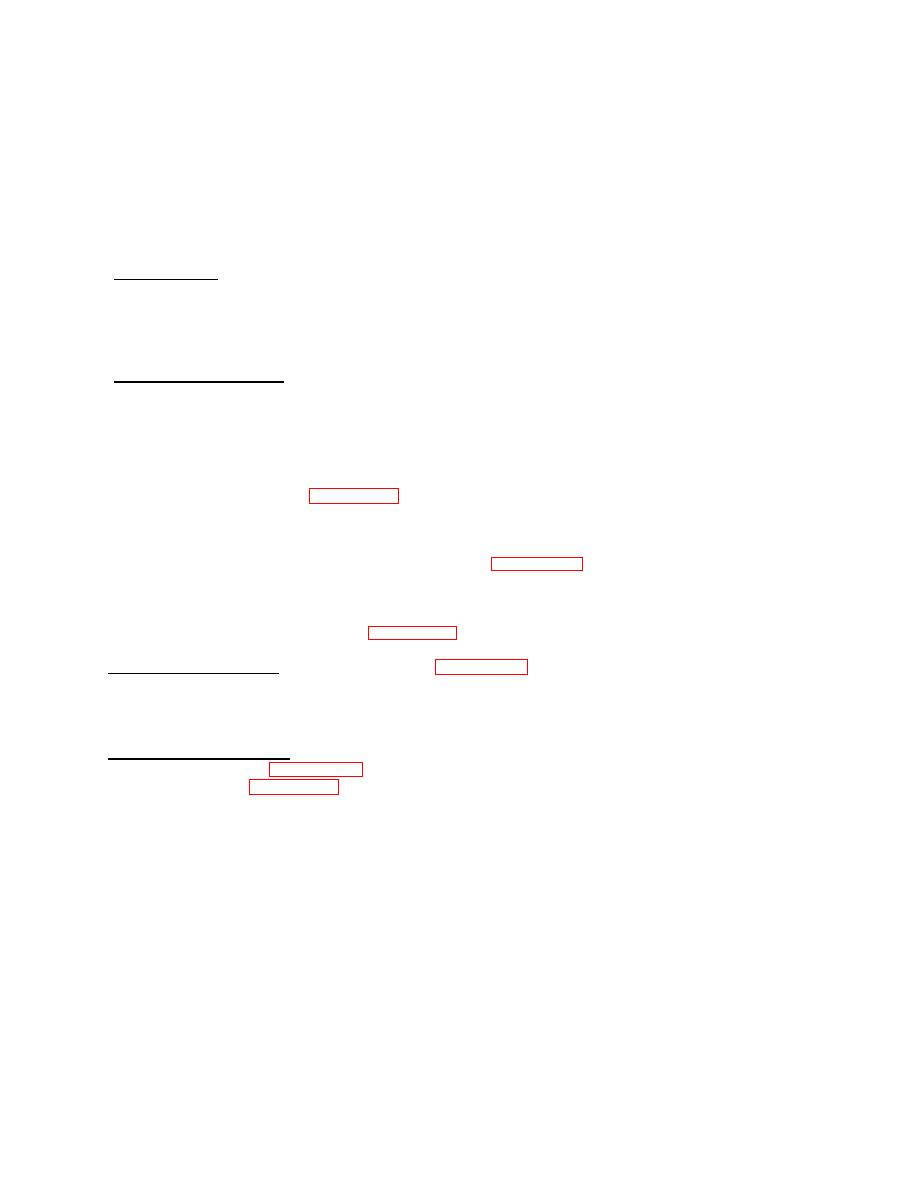 |
|||
|
|
|||
|
Page Title:
SECTION II. EQUIPMENT DESCRIPTION AND DATA |
|
||
| ||||||||||
|
|
 TM 55-1905-223-24-7
SECTION II. EQUIPMENT DESCRIPTION AND DATA
1-6. General Description. The Model PW800 Reverse Osmosis Watermaker (also referred to as the watermaker and
the RO desalinator) is a single pass seawater purification system that operates on the principle of reverse osmosis to
remove salt from seawater so that you may drink it. Fresh water produced by the watermaker is distributed to the following
areas and systems: two storage tanks, sinks, wash basins, showers, galley, drinking fountains, washing machines, and
water heater .
1-7. Characteristics, Capabilities, and Features.
a.
Characteristics.
(1)
Removes salt from seawater.
(2)
Operates on the principle of reverse osmosis.
b.
Capabilities and Features.
(1)
Can produce up to 800 gallons of fresh water per day
(2)
Rejects 98.6% of the salt in seawater.
1-8. Location and Description of Major Components. Two identical watermakers are located one over the other in
the engine room on the port side aft (FIGURE 1-2). Piping systems provide seawater supply, overboard drainage for the
brine output line, and fresh water piping for the transfer of the purified water output into the fresh water storage tanks
located port and starboard just forward of the engine room. Nominal output of each single pass unit is 600 to 800 gallons
per day. The RO desalinator consists of filters, pressure pumps, RO modules, interconnecting piping, and monitoring and
control components. Component interconnections are shown in FIGURE 1-3. The filters remove air, oil, and foreign
particles from the feedwater. Pressure pumps develop optimum pressures for filtration and desalination processing.
Monitoring and control components test the salinity of the purified water and energize or deenergize the diverter valve to
save or dump the water as appropriate. Other control components include on-off controls, valves, flow meters, and
pressure gauges. Components are illustrated in FIGURE 1-4 and described in the following subparagraphs.
a. Cleaning Valve Assembly. The cleaning valve (1, FIGURE 1-4, Sheet 1) is a hand operated valve installed near
the lower left end of the watermaker. The valve handle turns 180 degrees from OPERATE (down) to CLEAN (up). In the
OPERATE position, input to the valve from the brine manifold goes into an overboard drain. In the CLEAN position, this
input is recirculated through the watermaker.
b. Pressure Vessel Assembly. Mounted on a vertical rack just inside the back frame of the watermaker are two
interconnected RO modules (2, FIGURE 1-4, Sheet 1). Each module consists of the pressure vessel and the internal
seawater membrane element (FIGURE 1-5). The pressure vessel is a length of fiberglass reinforced tube strengthened at
each end by a collar of increased diameter and fitted with bolted end plugs which incorporate inlet and outlet fittings and
preformed packing seals. Inside the tube is the replaceable spiral-wound RO membrane element.
1-3
|
|
Privacy Statement - Press Release - Copyright Information. - Contact Us |